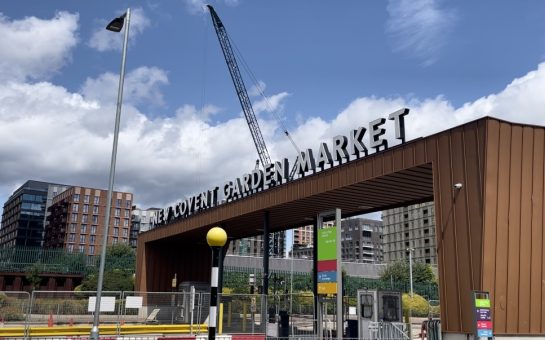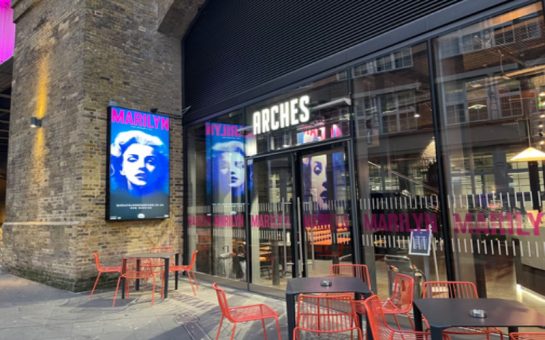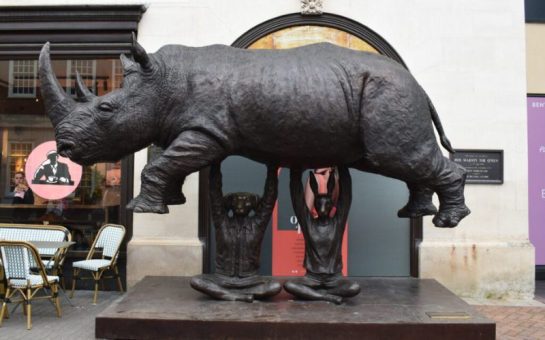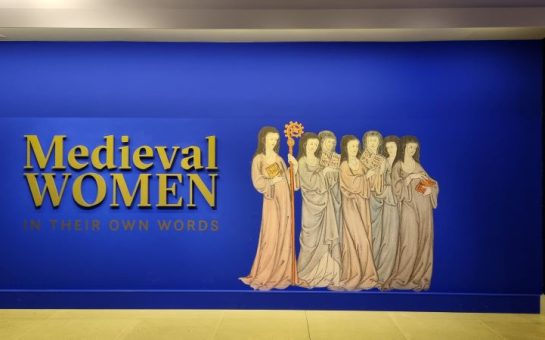The exhibition focuses on the fascination in finding that perfect dress.

There are some girls who doodle designs of their dream wedding dress from a young age.
When they grow up they expertly pour over the minute details like – train or no train? Ball gown or sheath? Sleeved or strapless?
I sometimes wish I had been that little girl with the book full of crayon sketches, especially now that I have no idea what to do for my own upcoming wedding.
Without a doubt, the first question everyone asks me when they learn that I’m wedding planning is: “So what kind of dress will you have?”.
The dress, it seems, is the pivotal point of the whole day.
But when did this fascination with the perfect dress begin? Why white and why all the fuss and detail?
Luckily for me and any other clueless bride to be, the V&A Museum is staging an exhibition that uncovers just that.
The exhibition traces the development of the white wedding dress from 1775-2014, showcasing over 80 of the most glamorous and romantic wedding outfits from the museum’s collection.
Visitors can travel through time on the circular walk round the beautiful bridal wear that are arranged chronologically from the early 18th century to the Second World War on the ground floor and right back into the present day on the mezzanine level.
The upper level also features wedding garments from some of the most iconic bridal looks including the purple Vivienne Westwood dress chosen by Dita Von Teese in 2005 and the Dior outfits worn by Gwen Stefani and Gavin Rossdale on their wedding day (2002).
The visit proved to be very informative as well as visually stunning.
The exhibition marks out the trends in bridal fashions, the beginning of a the wedding industry and the growth of the celebrity wedding.
I learnt that the wedding dress was originally made to be worn again after the wedding, with women choosing coloured fabrics that would hold up to every day life better than its white counterpart.
An early example of a wedding dress made for single use is also one of the most spectacular dresses on show at the exhibit. The Norman Hartnell dress (see below) made for Margaret Whigham, later Duchess of Argyll, for her marriage to Charles Sweeny is displayed with it’s 3.6m train in the centre of the downstairs exhibition space.

It is shown alongside a clip filmed by British Pathé of the couple emerging from Brompton Oratory.
As to the question of why dresses are white, it seems the decision by Queen Victoria in 1840 to wear white for her wedding day became a significant public moment in the history of the wedding dress, making her personal choice into what has become a long standing tradition.
Many brides today also debate on what flowers they will choose for their wedding, but usually only on an aesthetic level to fit colour schemes and themes.
However, brides in the 18th to the early 20th century were more invested in the language of flowers, carefully choosing those that would be embroidered on their dresses and worn on their heads. Roses and myrtle symbolised love and orange blossom represented fertility and virtue.
The exhibition is definitely worth a visit for everyone, whether simply curious about wedding traditions, looking for inspiration or reminiscing over your special day.

Even though I am probably still months away from finding my perfect wedding dress, I can be assured that when I put it on, I will know that it is not just another white dress.It is a sum of all the history and love that went into its creation.
South West London dresses to watch out for:
– The deep purple dress made and worn by Harriet Joyce on her wedding day on June 8 1899 at St Andrews Church, Earlsfield. She chose to wear purple because she felt too old at the age of 35 to wear white.
– An early example of the department store wedding dress worn by Erica Ferguson who was married at St Mary’s church in Wimbledon in 1926.

Wedding Dresses 1775-2014 has been curated by Edwina Ehrman, Curator of Textiles and Fashion at the V&A.
The exhibition opens to the public tomorrow and will continue until15 March 2015.
The V&A is open daily 10:00 – 17:45 and until 22:00 every Friday.
Tickets: £12 (concessions available)
For bookings visit www.vam.ac.uk (booking fee applies) or call 020 7420 9736
Follow us @SW_Londoner




